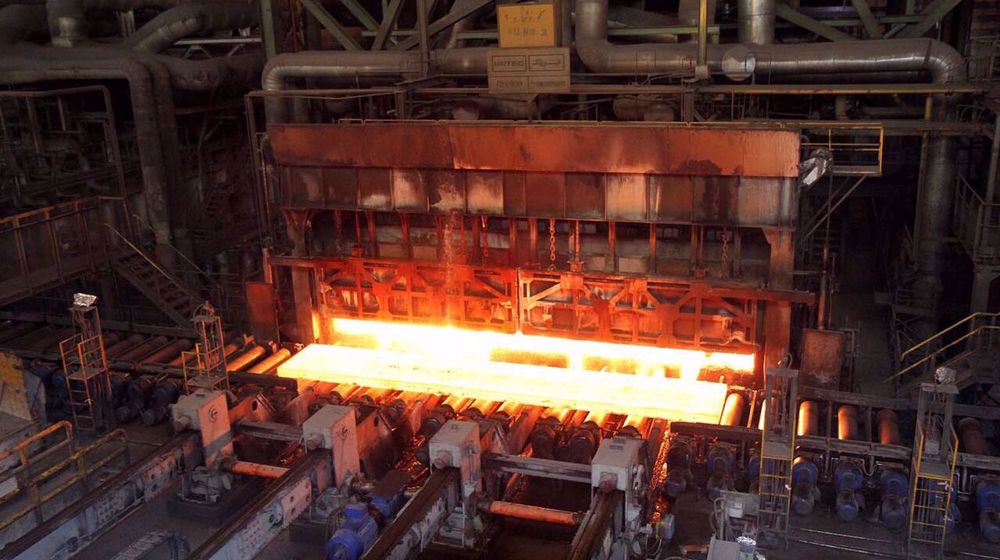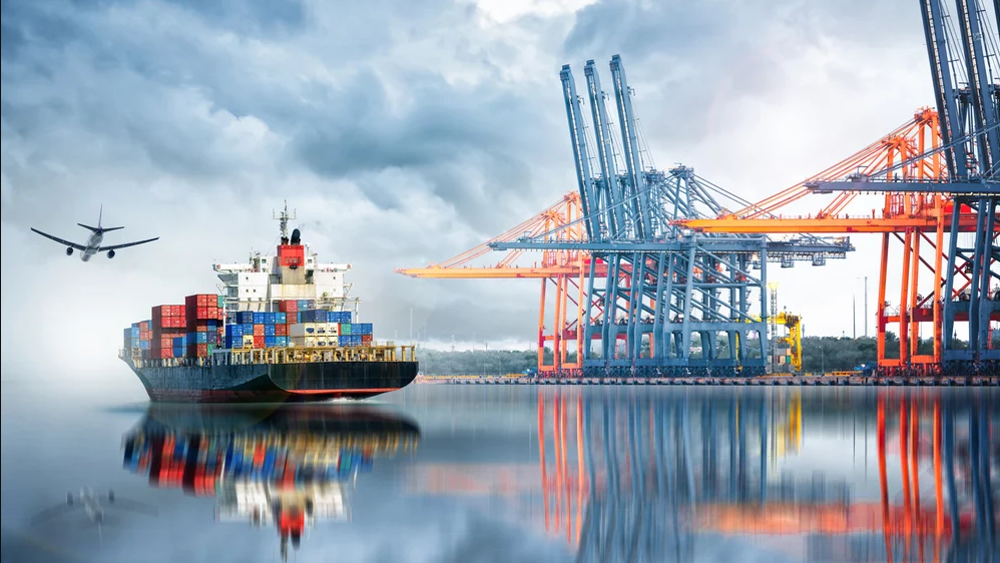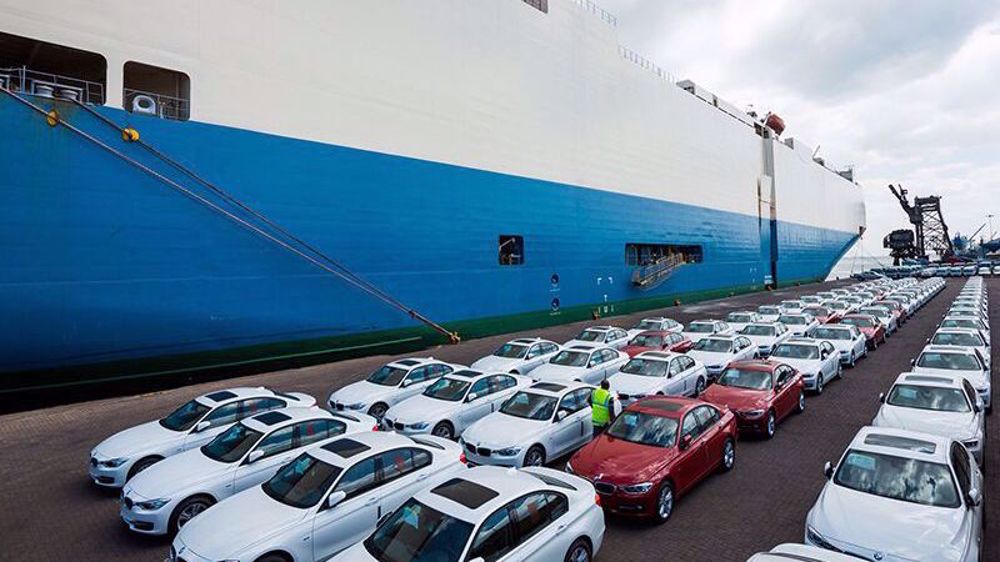Iran economy to rebound after sanctions: IMF
The International Monetary Fund (IMF) has depicted a brighter future for Iran’s economy following the removal of sanctions against the country over its nuclear program.
Iran is able to significantly lift oil exports and boost the economy once the sanctions are taken away, the IMF said Monday.
It added however that the economy will suffer until then due to a number of factors including the oil slump.
"The sharp decline in global oil prices, tight corporate and bank balance sheets, and postponed consumption and investment decisions ahead of the expected lifting of economic sanctions, have significantly slowed down economic activity since the fourth quarter of 2014/15," the IMF said in its annual review.
As a result, real economic growth is estimated at near zero (-0.5 to +0.5) for 2015-16 and that inflation is expected to remain near 14 percent by year-end, AFP reported.
The IMF noted that "prospects for 2016/17 are brighter, owing to the prospective lifting of economic sanctions. Higher oil production, lower costs for trade and financial transactions, and restored access to foreign assets, are expected to lift real GDP to about 4–5.5 percent next year."
The International Monetary Fund also advised the country to keep inflation under 10 percent by undertaking relevant monetary and fiscal policy.
It also praised announcements by the Iranian government that it would unify the foreign exchange market and remove foreign exchange restrictions and multiple currency practices.
Iran’s Minister of Petroleum Bijan Namdar Zangeneh said earlier this month that oil sanctions will be lifted soon.

The sanctions will be removed as part of Tehran’s agreement in July with the five permanent UN Security Council members plus Germany, aka P5+1, which will put limits on Iran’s nuclear activities in exchange for, among other things, the removal of all economic and financial bans.
The lifting of sanctions will enable the country to fulfill its 20-year vision plan, including its target to produce $70 billion of petrochemicals a year at current prices.
Officials have already said Iran needs $250 billion of investment in its oil industry between 2016 and 2025, including $176 billion in its upstream sector and another $77 billion in downstream spending.
The country plans to boost oil production to 5.7 million barrels a day and gas output to 1.4 billion cubic meters a day by 2021.
VIDEO | Paris march in support of Palestine women
VIDEO | ICC issues arrest warrants for Israeli prime minister, ousted regime war minister
120 Palestinians perish as Israeli war machine keeps ravaging Gaza
VIDEO | Struggles of Palestinian women amidst war, displacement
VIDEO | Hezbollah rains attack drones down on elite Israeli brigade
VIDEO | US biased mediation fails
Leader: All captains of criminal, Zionist, terrorist gang must be prosecuted
Iran further raises its oil prices for Chinese buyers: Report










 This makes it easy to access the Press TV website
This makes it easy to access the Press TV website